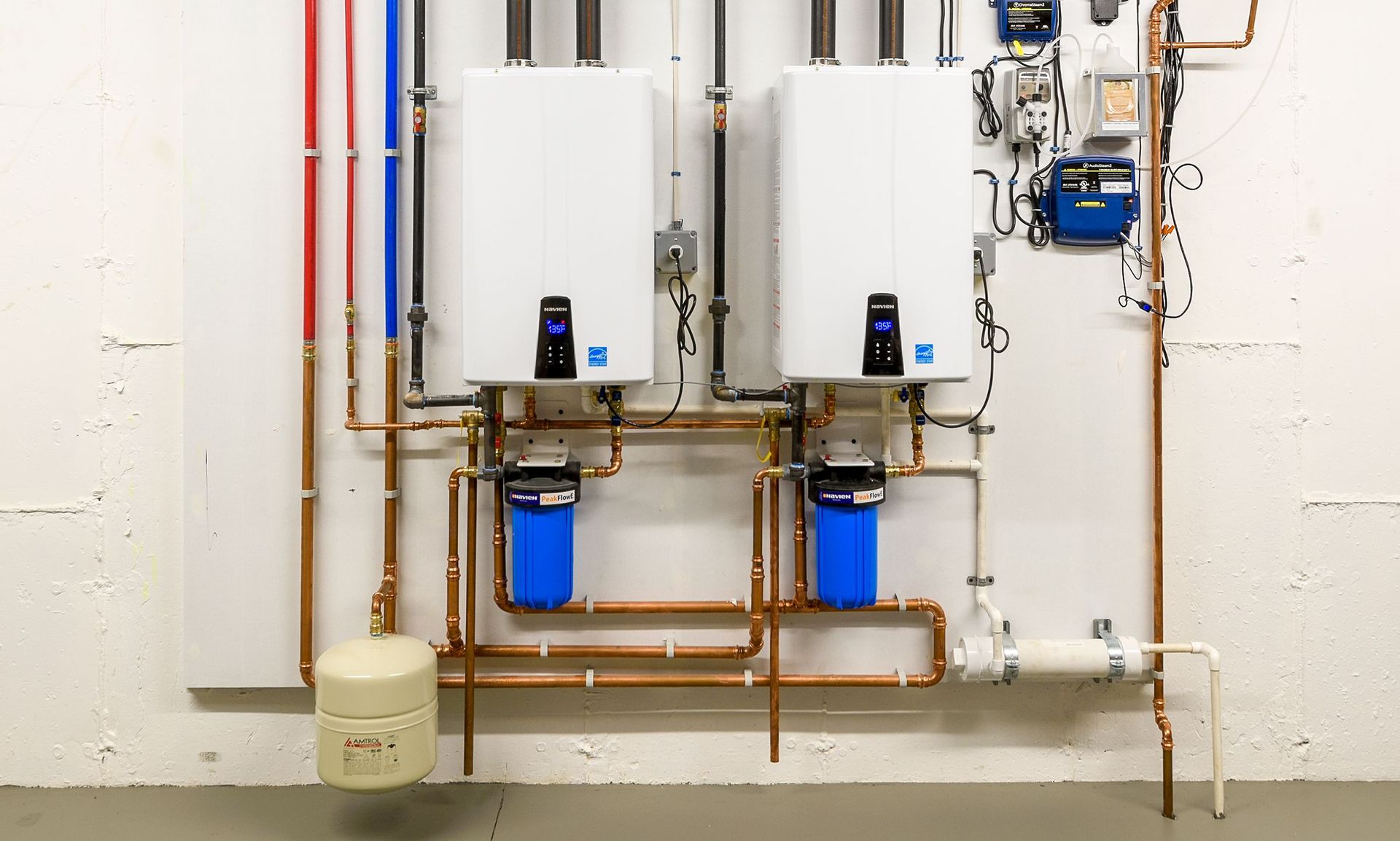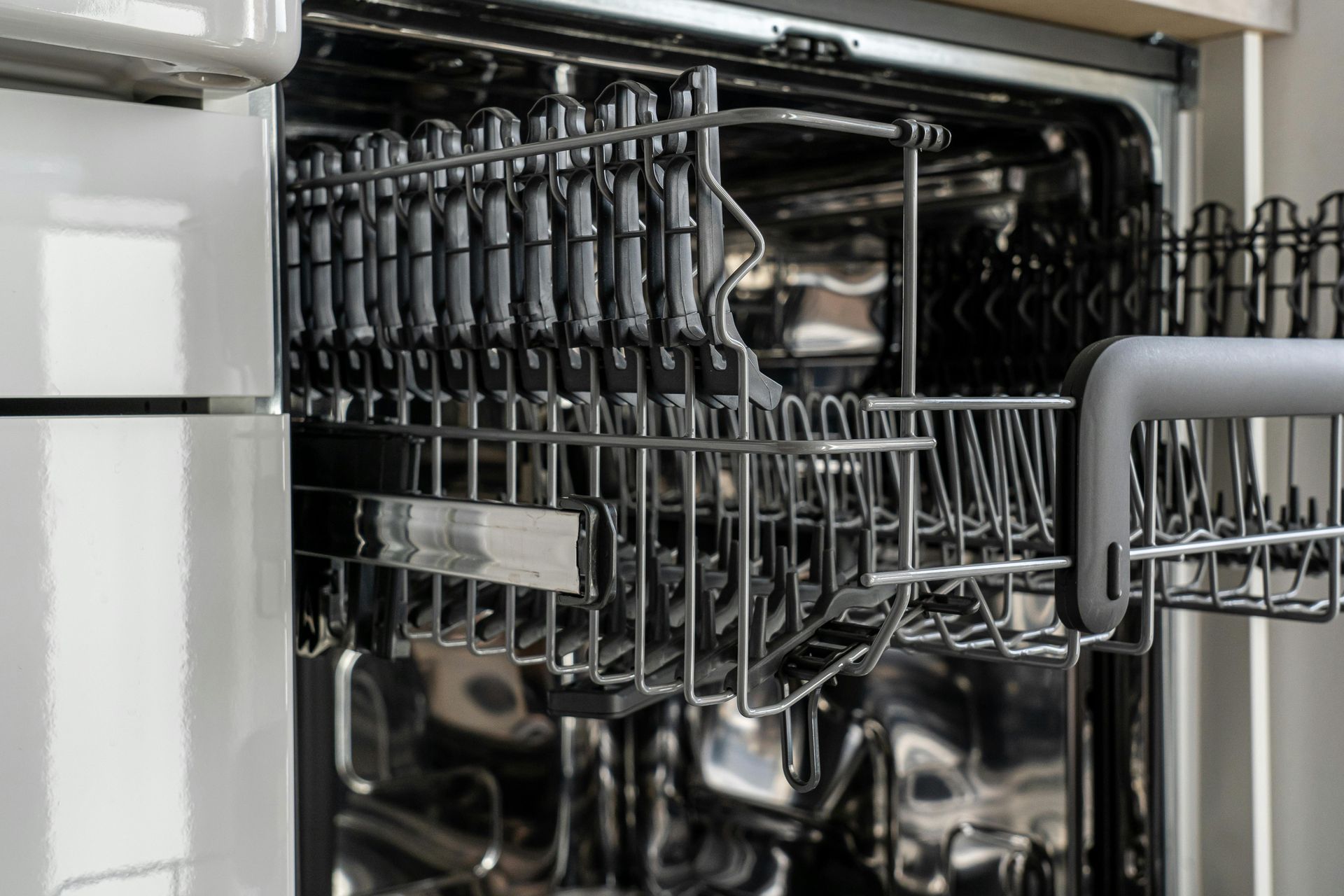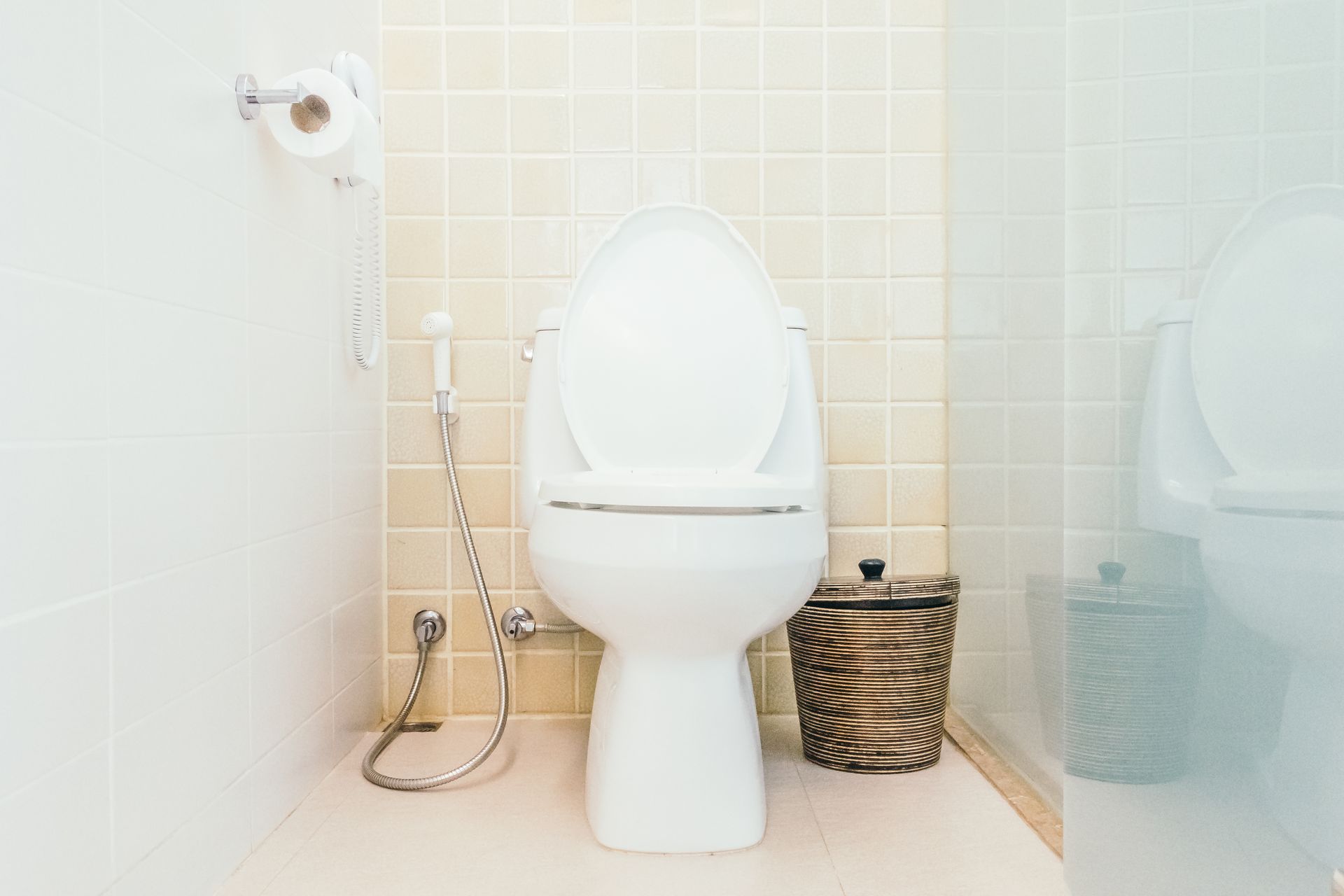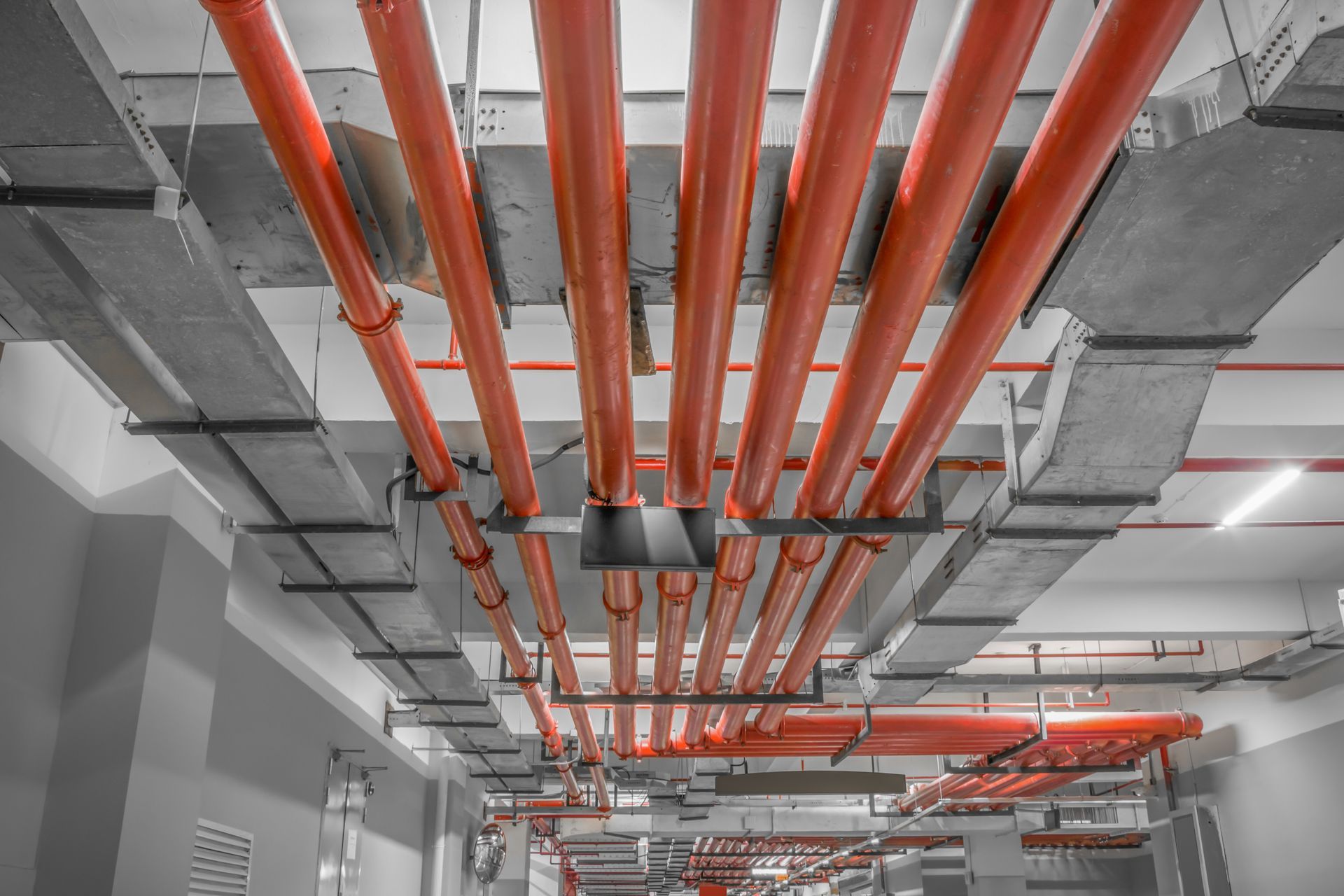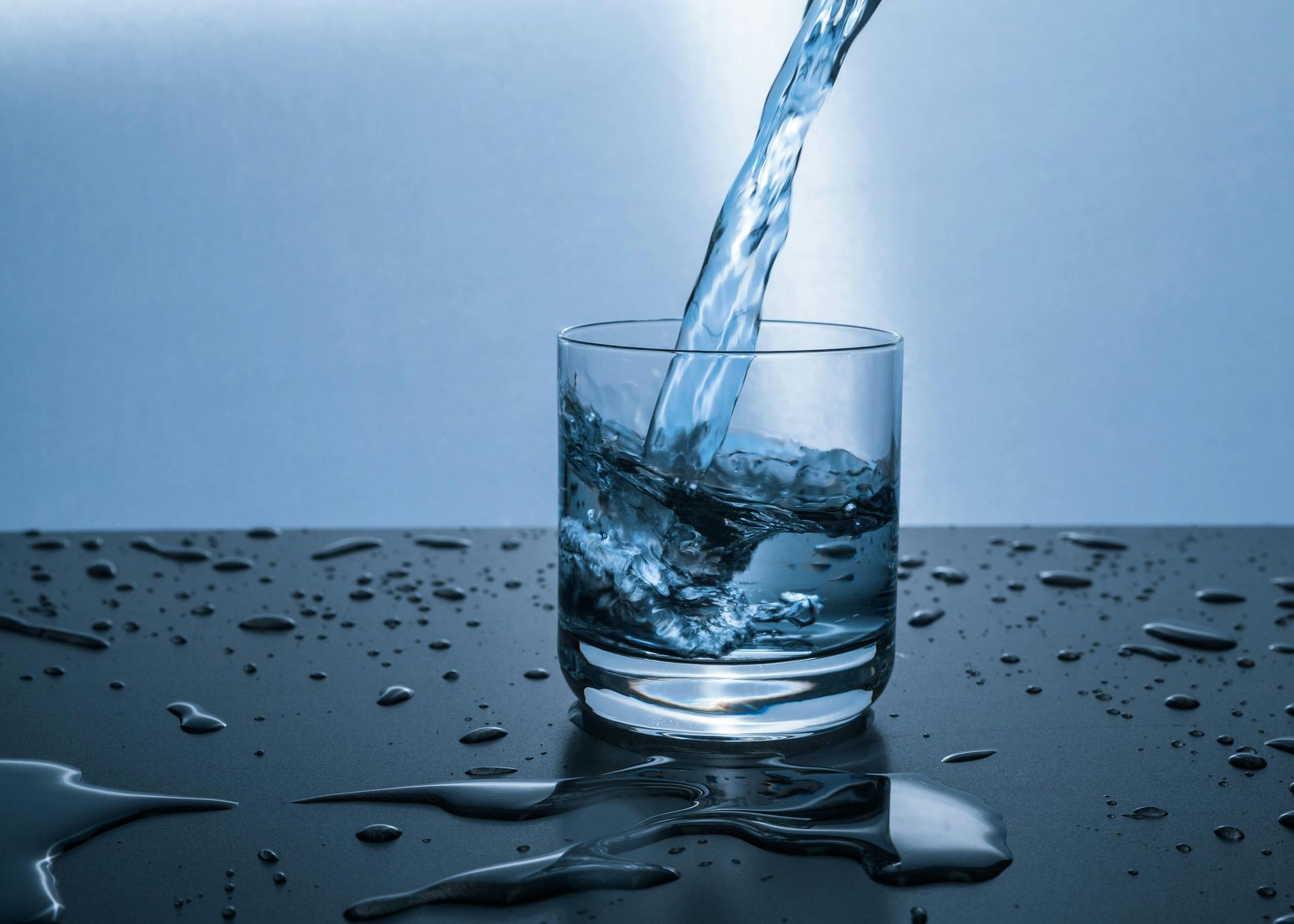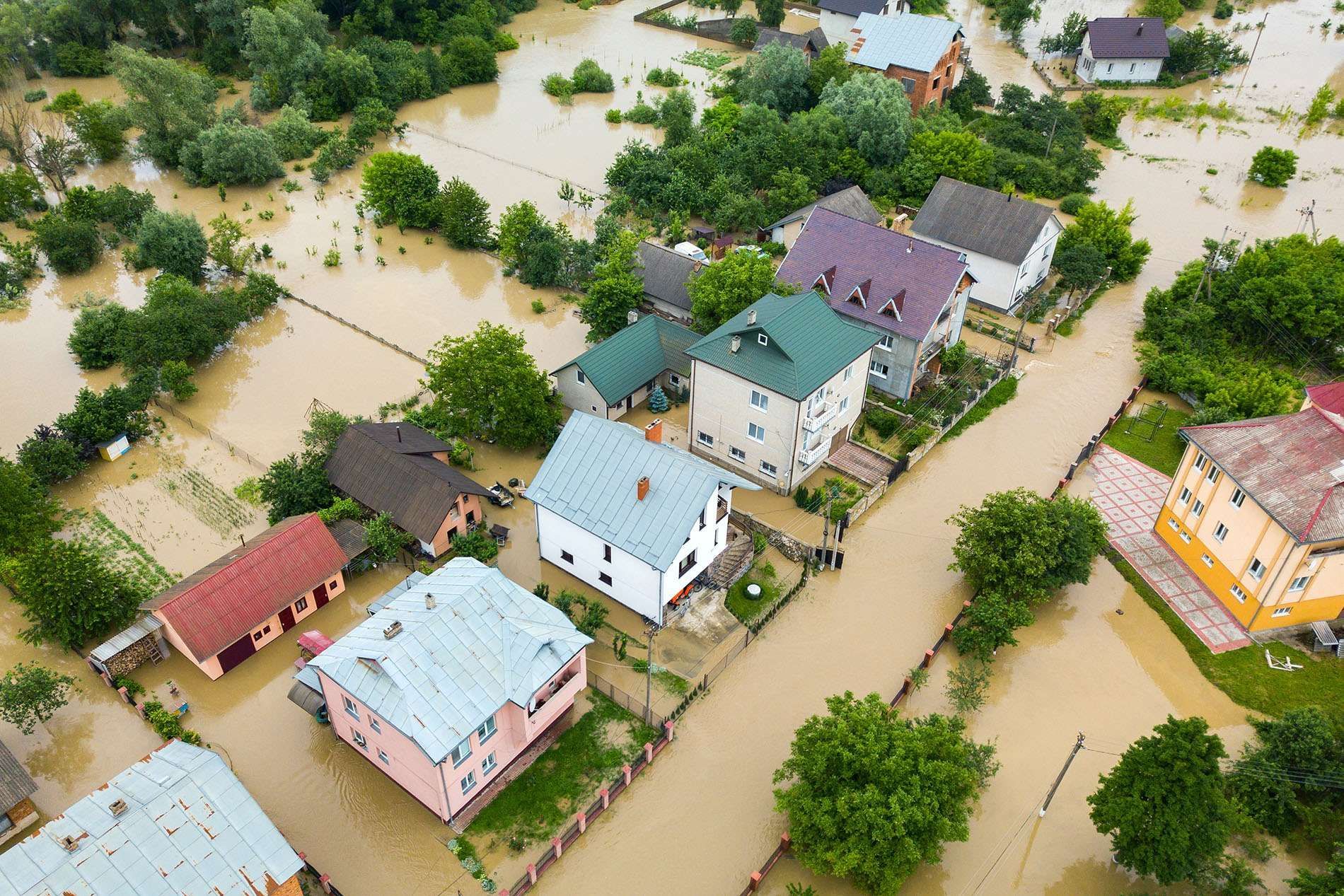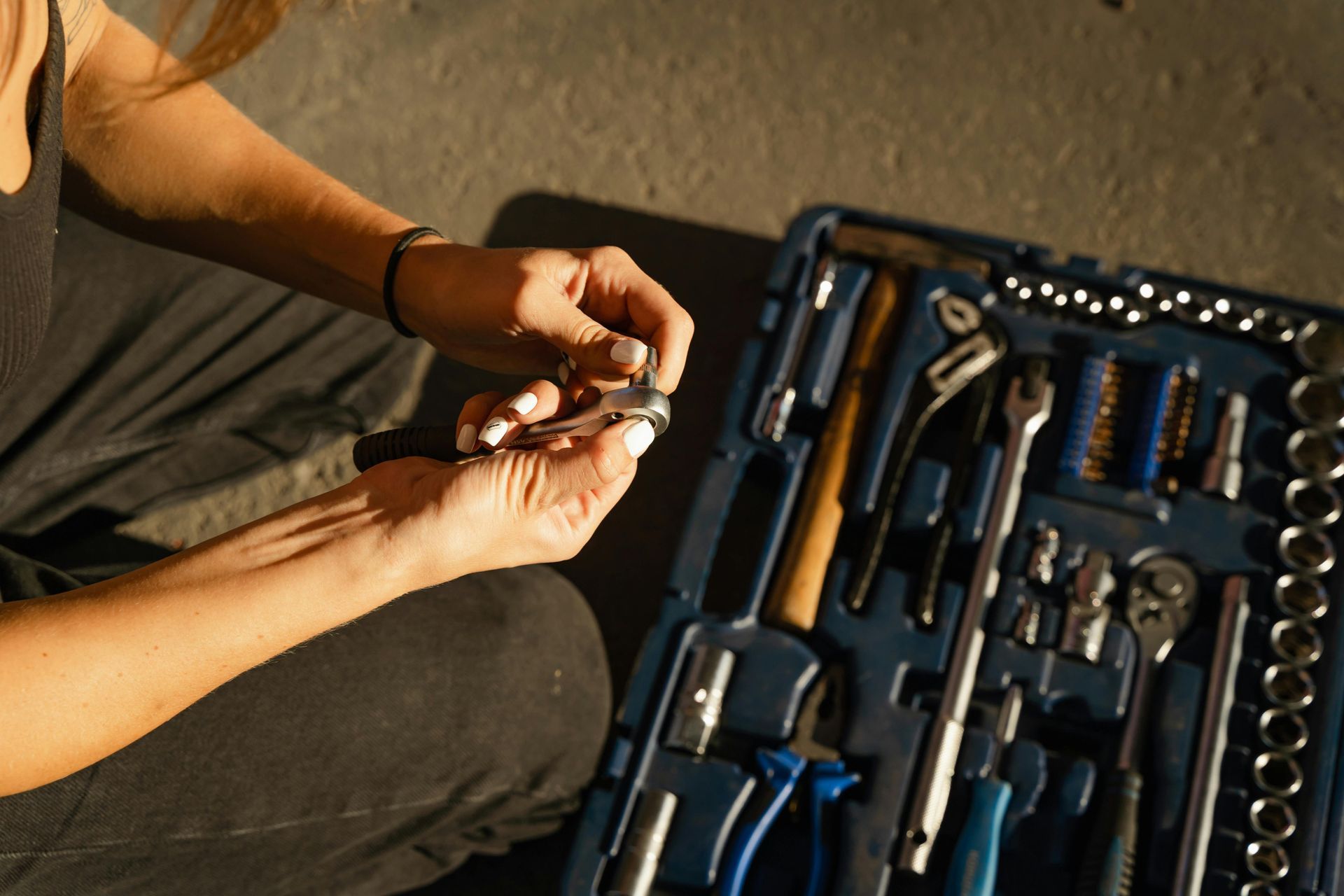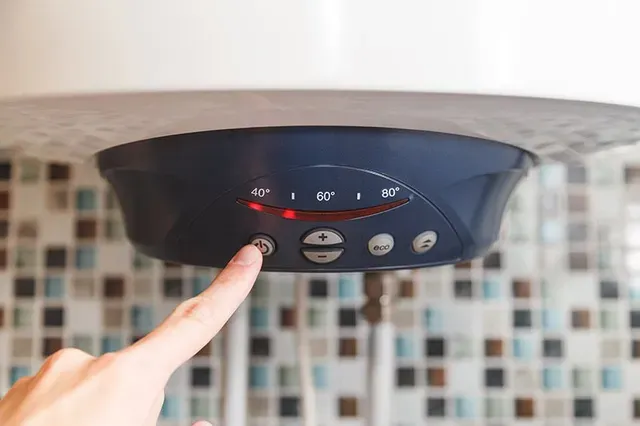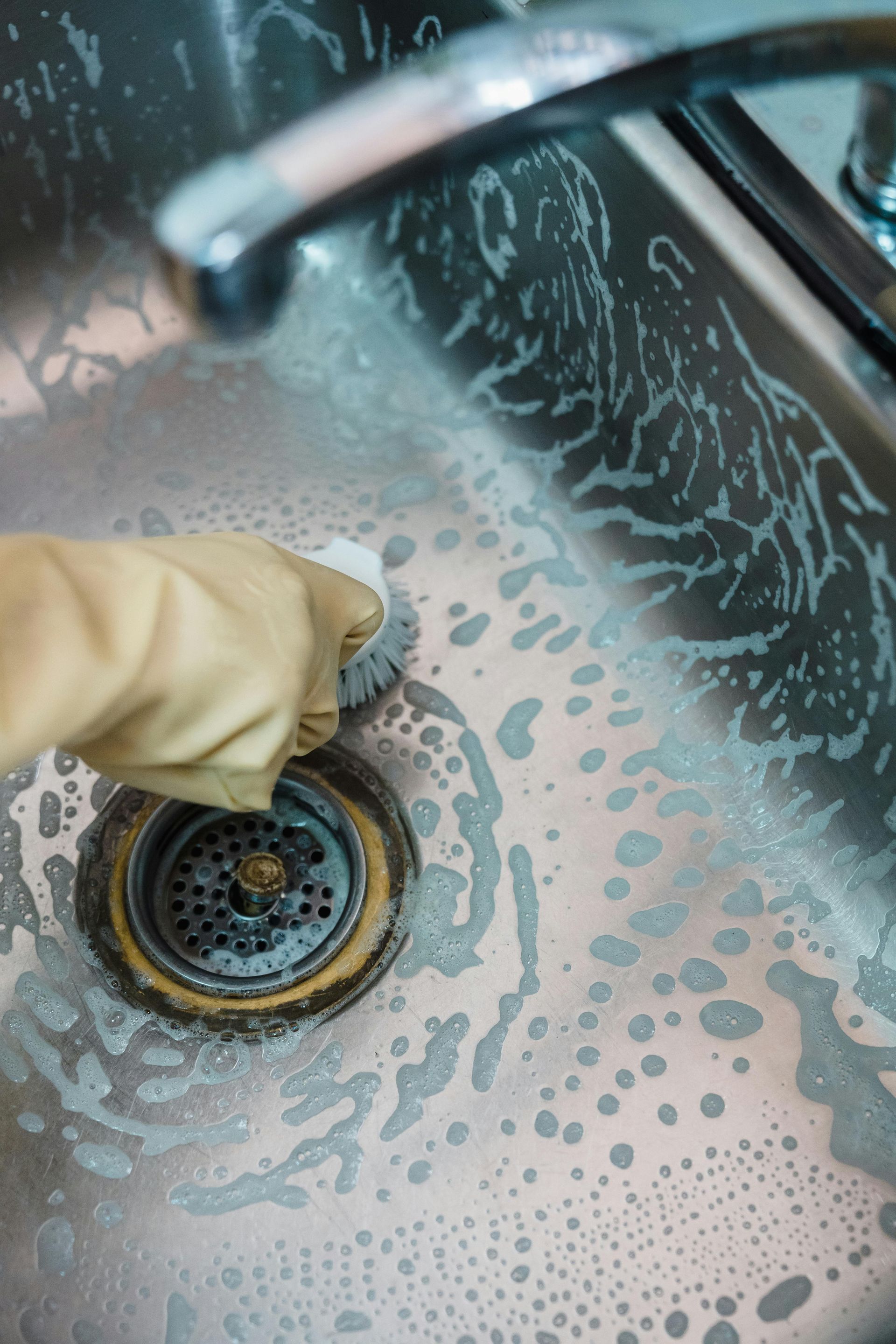How to Upgrade to a Tankless Water Heater Properly?
Upgrading to a tankless water heater is a transformative step for any household seeking energy efficiency, space savings, and a virtually endless supply of hot water. However, the process is more involved than simply swapping out your old unit. It requires careful planning, professional installation, and a clear understanding of your home’s hot water needs. This comprehensive guide will walk you through every stage of the upgrade, ensuring a smooth transition to a modern, efficient water heating system.
Assessing Your Household’s Hot Water Demand
Before making the switch, it’s crucial to evaluate your family’s hot water usage. Unlike traditional tank water heaters, which store a fixed volume of hot water, tankless systems heat water on demand as it flows through the unit. The capacity of a tankless water heater is measured in gallons per minute (GPM), not storage gallons.
To determine the right size, consider all the hot water appliances you might use simultaneously. For example, if you often run a shower (2.5 GPM) and a dishwasher (1.5 GPM) at the same time, your system needs to deliver at least 4 GPM. Also, factor in the incoming water temperature, as colder climates require more heating power to achieve the desired output temperature. Consulting a professional can help you accurately assess your peak demand and select the appropriate tankless model for your home.
Choosing the Right Tankless Water Heater
Once you’ve calculated your household’s peak hot water needs, you can begin researching tankless water heaters that match your requirements. There are both electric and gas-powered models, each with distinct installation and operational considerations. Electric units may require upgraded wiring and a dedicated circuit breaker, while gas models often need a larger gas line and specialized venting to safely expel exhaust gases.
It’s important to choose a reputable brand and ensure the unit’s warranty is valid. Many manufacturers require professional installation to honor the warranty. Additionally, consider energy efficiency ratings, maintenance requirements, and whether you need multiple units to supply hot water to different areas of your home simultaneously.
Preparing for Installation
Upgrading to a tankless water heater often involves more than simply removing the old tank and mounting the new unit. First, the old water heater must be safely disconnected from the water and gas or electric supply, then drained and removed from the site. The installation area should be well-ventilated and provide enough space for maintenance and repairs.
Next, your home’s plumbing and energy infrastructure may need modifications. For gas models, ensure your gas line can handle the increased flow rate. For electric models, verify that your electrical system can support the higher voltage requirements. Proper venting is essential for gas units to prevent dangerous buildup of exhaust gases. In some cases, local building codes may require the addition of a pressure relief valve or other safety devices.
The Installation Process
Professional installation is highly recommended when upgrading to a tankless water heater, as these systems are more complex than traditional tanks and require specialized skills3. The installer will begin by mounting the unit securely to the wall, often on a dedicated backboard for stability1. Cold and hot water supply lines are then connected to the appropriate inlet and outlet valves, ensuring all connections are leak-free and properly secured.
For gas-powered units, the technician will connect the gas line and ensure all fittings are tight. It’s essential to detect a gas leak before operating the unit, as even a small leak can pose significant safety risks. Professionals typically use a mixture of water and dish soap or electronic gas detectors to check for leaks at all connection points4. If a leak is detected, it must be addressed immediately before proceeding.
Once all connections are secure, the installer will set up the venting system for gas models, ensuring that exhaust gases are safely expelled outside. Electrical connections are finalized for electric models, and the unit is powered on for initial testing.
System Testing and Initial Use
After installation, the system must be thoroughly tested to ensure proper operation. The installer will open all hot water taps in the house to flush out any air in the lines and check for leaks. The tankless water heater is then powered on, and the desired temperature is set using the control panel1. It’s important to monitor the system during the first few uses to ensure consistent hot water delivery and to check for any issues with water pressure or temperature fluctuations.
Maintenance and Safety Considerations
Tankless water heaters require periodic maintenance to ensure optimal performance and longevity. This includes descaling the unit to remove mineral buildup, especially in areas with hard water, and checking for leaks or blockages in the venting system. Regular maintenance not only extends the life of your water heater but also helps maintain energy efficiency.
Safety is paramount when dealing with water heaters, especially those powered by gas. Always be vigilant for the smell of gas, and know how to detect a gas leak using soapy water or a gas detector. If you suspect a leak, shut off the gas supply immediately and contact a professional. Additionally, ensure that your system is protected from freezing temperatures, especially if any part of your plumbing is exposed outdoors. Taking steps to prevent your outdoor faucet from freezing will help maintain the integrity of your entire water heating system.
Professional vs. DIY Installation
While some homeowners may be tempted to install a tankless water heater themselves, it’s generally best left to professionals. Incorrect installation can void the manufacturer’s warranty, create safety hazards, and lead to inefficient operation. Professional installers have the expertise to handle plumbing, electrical, and gas line modifications, ensuring a safe and code-compliant installation.
Conclusion
Upgrading to a tankless water heater is a smart investment that can provide your household with endless hot water, lower energy bills, and valuable space savings. The process involves careful planning, proper sizing, and professional installation to ensure safety and efficiency. By understanding your family’s hot water needs, choosing the right unit, and working with qualified professionals, you can enjoy the many benefits of modern water heating technology for years to come. Regular maintenance and attention to safety, including the ability to detect a gas leak and protect your plumbing from freezing, will help ensure your tankless water heater operates smoothly and reliably throughout its lifespan.
